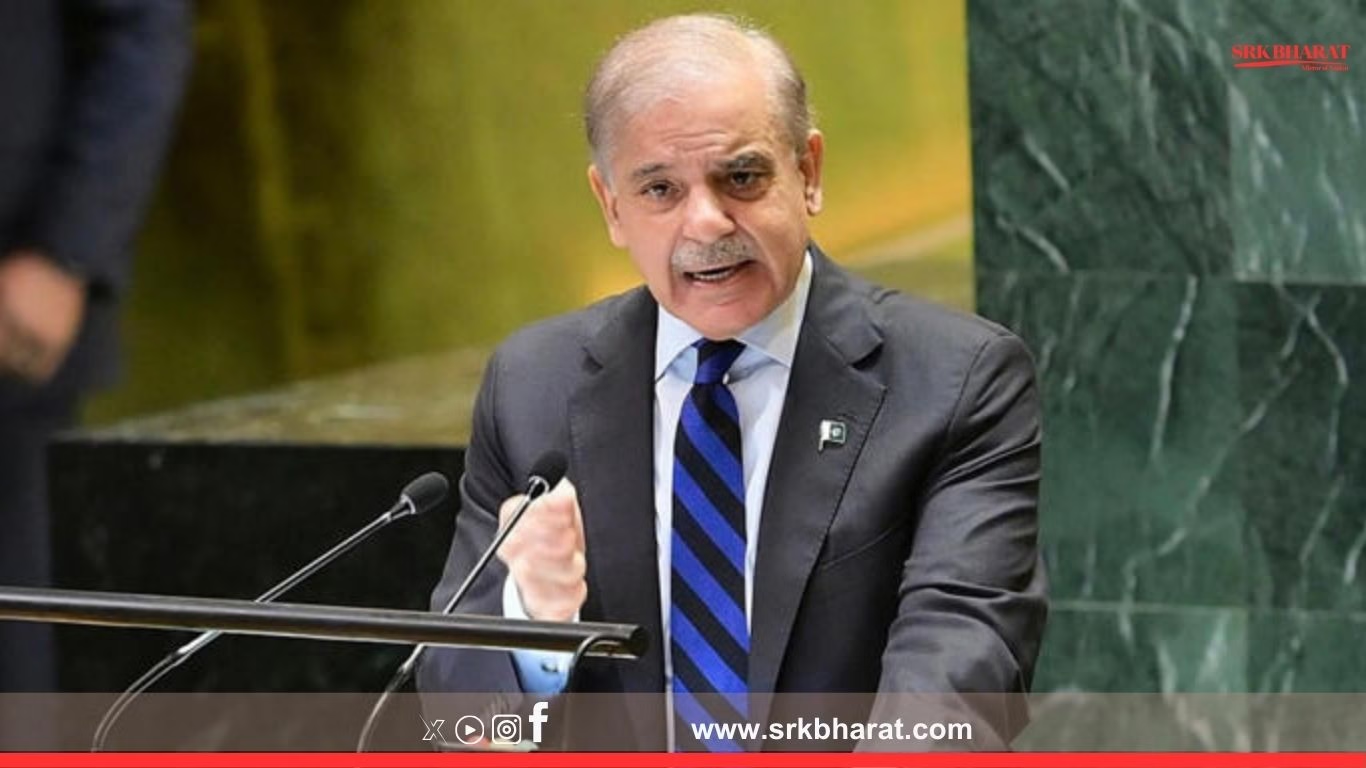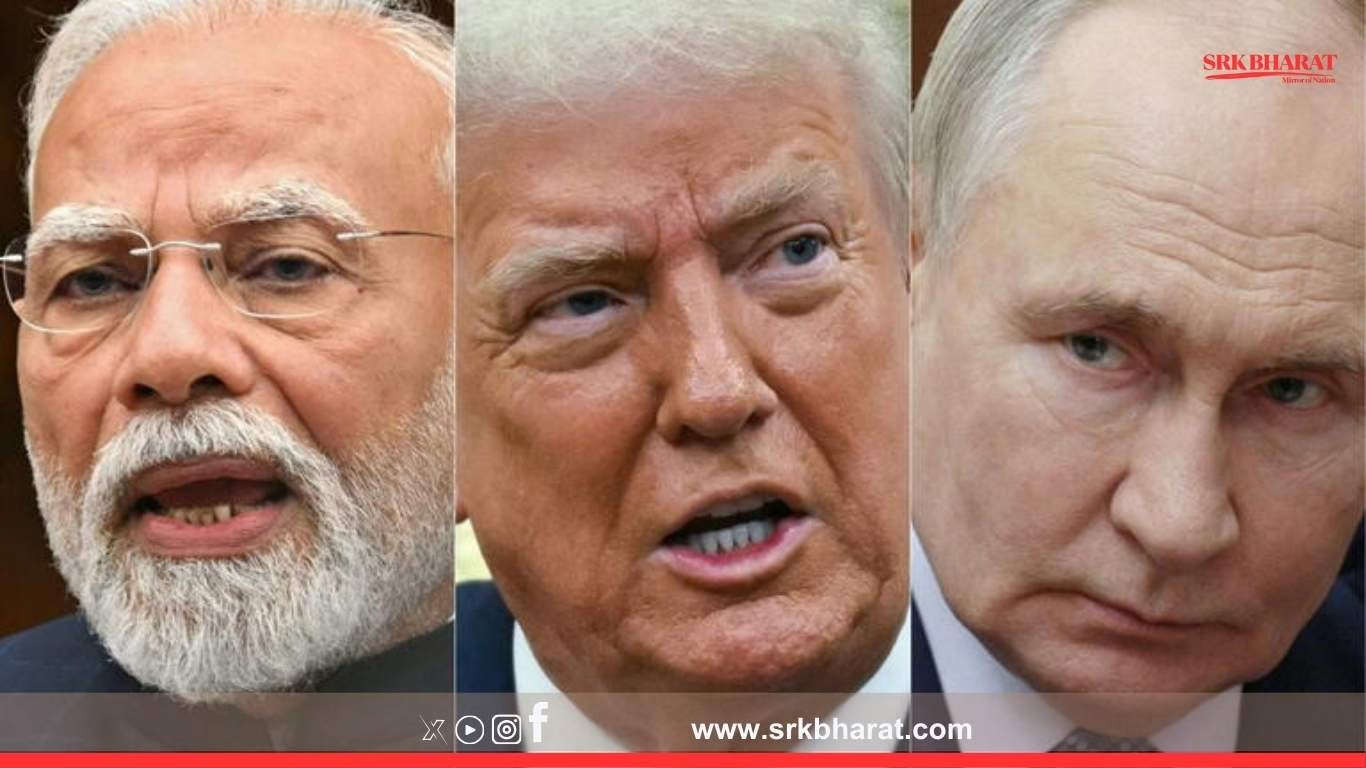Pakistan’s economic struggles have long been a central concern for policymakers and citizens alike, with spiraling debt, dwindling reserves, and rising inflation creating a perpetual cycle of financial instability. Against this backdrop, Chief of Army Staff General Asim Munir has reportedly envisioned a transformative economic plan that could generate $2 billion annually for Pakistan, following what is being described as a significant US-backed oil deal. The initiative, if executed effectively, may provide Islamabad with a much-needed lifeline to restructure its debt, stabilize energy costs, and project economic resilience in the global market.
This “$2 billion-a-year dream” is not merely about oil imports; it is tied deeply to Pakistan’s aspirations of reducing dependency on international loans and International Monetary Fund (IMF) bailouts. For Asim Munir, the deal represents not just a trade contract but a pivot toward sustainable revenue generation and geopolitical leverage.
Pakistan’s Economic Challenges
Pakistan currently faces one of its most difficult financial periods in decades:
- External Debt: Over $125 billion, with significant repayments due in the next 3–5 years.
- Foreign Exchange Reserves: Frequently dropping below the three-month import cover threshold.
- Energy Imports: Oil and gas imports cost the country nearly $20 billion annually.
- Inflation: Above 20%, affecting the purchasing power of ordinary citizens.
In this scenario, an oil arrangement that allows savings, deferred payments, or even re-exports could bring breathing space for Pakistan’s cash-starved economy.
The Reported US Oil Deal
The so-called US oil deal is believed to center on preferential terms for Pakistan in acquiring American crude or refined products, along with potential collaboration in energy infrastructure. The arrangement could allow Pakistan to:
- Secure oil at discounted rates.
- Re-export or refine oil, creating additional revenue streams.
- Reduce dependency on Gulf suppliers who have tightened credit conditions.
General Asim Munir’s vision appears to be focused on utilizing this deal to unlock nearly $2 billion annually, either through cost savings or direct trade profits.
What Asim Munir Envisions
In his internal discussions and policy inputs, Asim Munir is said to have underlined three pillars of Pakistan’s economic revival:
- Debt Reduction Through Energy Trade
By cutting oil import costs, Pakistan could save billions annually, allowing it to repay debt more effectively. - Strategic Partnerships
With Washington’s involvement, the deal could strengthen US-Pakistan ties, attracting further investments in infrastructure and technology. - Stability in Energy Supply
A stable energy supply at predictable costs would benefit industry, exports, and ordinary citizens by reducing inflationary pressures.
Comparative Overview of Pakistan’s Oil Imports and Potential Savings
| Year | Oil Import Bill (USD bn) | Potential Savings with US Deal (USD bn) | Net Impact on Fiscal Deficit |
|---|---|---|---|
| 2022 | 17.5 | 1.5 | Moderate relief |
| 2023 | 19.8 | 1.8 | Significant but offset by debt |
| 2024 (Est.) | 20.2 | 2.0 | Major relief with IMF cooperation |
The Debt Factor: “Debt Will Be…”
The core of Asim Munir’s plan reportedly revolves around the statement: “Debt will be managed through trade, not bailouts.”
What this means for Pakistan is a shift in approach:
- Instead of relying on short-term IMF tranches, the aim is to create sustainable revenue.
- Using oil trade as a “cash generator”, Pakistan can gradually lower its debt-to-GDP ratio.
- A consistent $2 billion inflow would provide much-needed predictability in external financing.
Political and Strategic Implications
The oil deal is not just economic; it carries significant political weight.
- For the US: Supporting Pakistan helps counterbalance Chinese and Russian influence in South Asia.
- For Pakistan: Strengthened ties with Washington may help secure other bilateral support, including military assistance and technology transfers.
- For Gulf Allies: Pakistan risks upsetting traditional oil partners like Saudi Arabia and the UAE, who may see the US deal as competition.
Industrial and Domestic Impact
A steady inflow of oil under favorable terms could transform Pakistan’s industrial base:
- Manufacturing Sector: Lower energy costs would boost competitiveness of textiles, cement, and steel industries.
- Export Growth: Reduced input costs could increase exports, improving the trade balance.
- Domestic Prices: Lower fuel costs would translate into reduced transport and electricity tariffs, easing inflation.
| Sector | Current Energy Cost Burden | Post-Deal Projected Cost | Expected Growth Impact |
|---|---|---|---|
| Textiles | 30% of production cost | 22% | +12% export growth |
| Cement | 25% of production cost | 20% | Boost in construction demand |
| Steel | 28% of production cost | 21% | Enhanced competitiveness |
Risks and Challenges
While the dream of $2 billion annually is bold, several challenges exist:
- Geopolitical Risks: Pakistan risks friction with Gulf nations who supply most of its current oil.
- Implementation Capacity: Bureaucratic hurdles and corruption could undermine potential gains.
- Debt Overhang: Even with $2 billion savings, Pakistan’s overall debt burden requires larger structural reforms.
- Public Perception: Skepticism remains high among citizens due to repeated promises of economic revival that have failed in the past.
Public Sentiment and Investor Reaction
- Positive Optimism: Supporters view Asim Munir’s strategy as a break from Pakistan’s cycle of dependency on IMF loans.
- Cautious Neutrality: Economists warn that even $2 billion annually will not be enough without tax reforms and export diversification.
- Criticism: Opponents argue that military leaders stepping into economic policymaking further erodes civilian governance.
Will This Be a Turning Point?
Pakistan has had many promises of economic turnarounds — from CPEC’s $60 billion promise to repeated IMF bailout assurances. Whether this US oil deal and Asim Munir’s “$2 billion dream” will succeed depends on execution, transparency, and geopolitical balancing.
If successful, it could:
- Provide short-term fiscal breathing space,
- Stabilize energy and industrial sectors,
- Create a pathway for debt restructuring.
If it fails, it risks being remembered as yet another unfulfilled promise in Pakistan’s long list of economic plans.
Conclusion
General Asim Munir’s “$2 billion-a-year dream” after Pakistan’s US oil deal represents a bold attempt to anchor the country’s future in trade-based revenue rather than foreign loans. By using oil trade as a strategic tool, Pakistan hopes to reduce its debt crisis, strengthen US ties, and restore economic confidence.
Whether this vision materializes will depend on global oil dynamics, domestic reforms, and Pakistan’s ability to balance its strategic alliances. One thing is clear — the deal marks a turning point in how Pakistan plans to address its financial challenges in the coming decade.
Disclaimer: This article is based on publicly available information and reported statements. It does not independently verify the exact financial terms or political commitments of the oil deal. The content aims to analyze the potential implications of the development on Pakistan’s economy and geopolitics.











